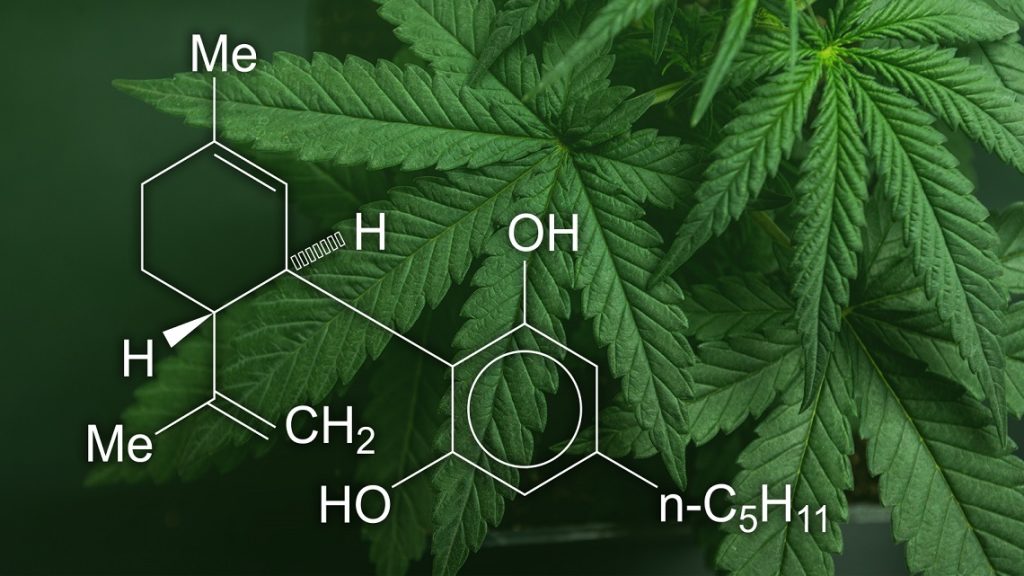
High levels of DB block cancer cells
Referred to medically as a malignant neoplasm, cancer is a broad group of various diseases, all involving unregulated cell growth. High concentrations of CBD found in cannabis oil have been shown to block the activity of a gene called Id-1, which is believed to be responsible for the aggressive spread of cancer cells away from the original tumor site (a process called metastasis). Research has shown that CBD can also reverse aggressive human brain cancers; it appears to have a similar effect on breast cancer cells and is also highly effective in the treatment of lung cancer. A study by the Complutense University of Madrid discovered that THC also has anticancer effects when treating brain tumors. They found that the chemicals in cannabis promote the death of cancer cells by causing them to feed upon themselves in a process called autophagy.
The conventional medical practice uses surgery, highly toxic antineoplastic
drugs, and/or the destruction of body tissue by radiation, which is energy directed at the tumor. It can range from what we think of as light photons to particles like electrons or even something as large as a carbon ion. Chemotherapy is classed as drug treatment and these are the main tools for treating cancer. Surgery is effective if carried out early enough, but chemotherapy is also commonly employed to treat patients and studies have raised serious questions about its efficacy–in particular the role it plays in hastening and even causing the death of late-stage cancer sufferers. One study carried out following patient outcomes and deaths looked at the cases of 600 cancer sufferers who had passed on within 30 days of treatment. The study found that approximately one in four of such deaths had either occurred far more rapidly or been caused by chemotherapy. The study also revealed that two out of five patients had suffered significant poisoning from the treatment.
Cancer and current treatment methods
Moreover, a team of researchers studying cancer cell resilience discovered that chemotherapy seriously damages healthy cells and triggers them to release a protein that sustains and fuels tumor growth. Reporting their findings in Nature Medicine, the scientists reported that the results were completely unexpected and showed there was significant DNA damage from chemotherapy, using tissue derived from men with prostate cancer. Furthermore, the tumors became highly resistant to future treatment. If you have recurring cancerous tumors, there is no effective conventional cure.
Studies published in The Lancet reported that the use of the pharmaceutical drug Tamoxifen reduced the breast cancer death rate by one-third. The National Cancer Institute’s breast cancer prevention trial stated that there was a 49% decrease in the incidence of this cancer in women who took it for five years. However, when we examined the figures, we discovered that the risk of developing breast cancer without using the drug is only 1.3% and its use caused a reduction to 0.68%. That represents a 49% difference between these two reported numbers, but just a little over half of the 1% difference (0.62%) in real terms. This is how the statistics are manipulated in favor of toxic pharmaceutical drugs.
Tamoxifen is a controversial synthetic hormone also sold in England as Nolvadex. This toxic drug earns an estimated $500 million a year for pharmaceutical companies; it’s sold to women after breast surgery to prevent cancer from spreading to the other breast. Science News of March 4, l989 reported slight benefits (9% in one study, 6% in another) but a Swedish trial indicated a 400% increased risk of endometrial cancer for those who took Tamoxifen over 5 years. Current guidelines for Tamoxifen recommend that patients take the drug for 5 years. The ATLAS study suggests that taking Tamoxifen for 10 years greatly increases a woman’s survival rate from estrogen-positive breast cancers. The ATLAS study was sponsored by none other than the drug manufacturer AstraZeneca which currently markets and manufactures Nolvadex, a brand-name version of the drug Tamoxifen. By doubling the number of years women take Tamoxifen, AstraZeneca doubles its profit! Tamoxifen is known to cause cancer of the uterus, ovaries, and gastrointestinal tract and is shown to cause liver cancer. In 1996, a division of the World Health Organization declared Tamoxifen a Group I carcinogen for the uterus. R. J. Kedar of King’s College School of Medicine and Dentistry in London studied 61 women in a Tamoxifen trial and said: “Our study detected endometrial abnormalities at various times from the first tablet of Tamoxifen.” The endometrium appeared abnormally thick in 24 of these women (39%) and 10 of these underwent potentially precancerous changes. Other permanent damage includes osteoporosis, retina damage, optic nerve damage, and cataracts. The half-percent reduction in breast cancer rates is insignificant compared to the increased incidence of other cancers and diseases.
Medical cannabis use does not cause any of the complications
The medical use of cannabis causes none of these life-threatening complications. A team of researchers at the California Pacific Medical Center Research Institute who have been researching the benefits of CBD have concluded that it can provide a nontoxic alternative to chemotherapy for cancer treatments. Dr. Sean McAllister stated:
“Right now we have a limited range of options in treating aggressive forms of cancer. Those treatments, such as chemotherapy, can be effective but they can also be extremely toxic and difficult for patients. This compound offers the hope of a non-toxic therapy that could achieve the same results without any of the painful side effects.”